A printed carpet utilizes advanced digital technologies to infuse interior spaces with vivid graphics through the carpet itself rather than superficial coatings or treatments. By directly integrating vibrant photorealistic imagery within threads during manufacturing, printed carpeting revolutionizes how flooring can immerse occupants within artistically designed landscapes, architecture, and themes. Specifically, printed carpet mats employ sophisticated wide-format inkjet processes to spray ultra-fine pigmented inks precisely onto specialized polypropylene or polyethylene carpet fibers before tufting. This embeds the full-color print permanently within each strand on a microscopic level. During tufting, the printed fibers are then deftly looped or cut into the final carpet substrate to weave the imagery directly into the floor covering's very material makeup. The result is a luxuriously soft carpet presenting photo-quality graphical motifs that appear seamlessly integrated into the material from any viewing angle. Through this ingenious manufacturing technique, printed carpeting ushers in an entirely new realm of the artistic interplay between floors and surrounding interior spaces. No longer limited to superficial dyes and patterns, entire vivid scenes can now become the very material of one's environment underfoot. Optimal for welcoming high-traffic settings, the permanent print withstands years of wear while retaining spectacular clarity. A printed carpet truly transforms ordinary flooring into a work of integrated interior art.
Developing a carpet with an intricately printed design embedded at the fiber level requires a sophisticated manufacturing process. After a design has been digitally mapped and formatted for high-resolution inkjet printing, specialized polypropylene or polyethylene tufting yarns are unwound from large spools. These yarns pass through an advanced printing station where piezo printheads rapidly spray ultra-fine pigment-based inks directly onto filaments at print speeds exceeding 300 square meters per hour. State-of-the-art control systems ensure pixel-precise graphical registration across each colored thread. Once printed, the yarns travel into a tufting machine where they are systematically inserted by hundreds of needles per minute into a wool or synthetic backing fabric moving at speeds up to 50 meters per minute. This deftly loops or cuts the distinctive printed fibers deep into the substrate in rapid succession. For face-up printed designs, tufting occurs after printing. In contrast, face-down printed carpets undergo an additional printing step after tufting when the image is revealed upon peeling away the backing fabric. Reinforced polyurethane or latex coatings may also be applied on the backside to enhance characteristics like dimensional stability, acoustics, and soil resistance tailored for high-traffic areas. Through precisely coordinated automation, this comprehensive process embeds finely detailed graphical patterns permanently within carpet fibers at mass-production scales. It revolutionizes how interior spaces can integrate artistry through functional floorcoverings.
With the advent of digitally printed carpets comes the unprecedented potential for creative graphic expression through living area flooring. Photorealistic imaging allows realistic natural or architectural scenes to spill out across an entire room in vibrant clarity. Custom logos or abstract patterns too can become part of the actual custom printed carpet material. Additionally, digital printing introduces a new dimension of customizability that was before unknown to conventional printed carpet designs. Floorplans themselves may prompt uniquely tailored graphical layouts bordering walls or furnishings. Complex gradients and multi-width parallel lines emerge with ease. Lastly, printers seamlessly integrate diverse color palettes from pastoral tones to bold contemporary hues. Performance-wise, today's printed carpet tiles formulates opt for high-bulk continuous filament nylon, olefin, or polyester for plush textures underfoot yet remarkable long-term durability against foot traffic and daily soiling. Wet-contact rubberized backings safeguard printed faces while imparting resilience to spills. Some solutions feature bi-component systems incorporating soil-resistant polyester velour for easy vacuuming. Polyurethane coatings provide dimensional stability and conceal faded naps over decades. Sound-deadening foams insulate acoustics. Novel antimicrobial treatments help hygienically maintain clarity.
To preserve the brilliance and vibrancy that digitally printed carpets epitomize, conscientious care is required to protect this multi-faceted flooring's longevity. Gentle routine vacuuming with an adjustable head lifts embedded soil and dust, which can degrade printed colors over time if left unattended. For spots, promptly blotting with a damp microfiber cloth or sponge using lukewarm water and pH-balanced cleaner removes residues before they bond to fibers. Some formulas contain optical brighteners restoring precision picked-up light projection. Specialized rentals efficiently extract ingrained grime throughout, such as oxidized hair dyes. Periodic professional hot water extraction refreshes during seasonal changes or after renovations. Mobile equipment applies low-moisture cleaning solutions while powerful extraction suctions away all residue, maintaining full graphic pop. Furniture glides safeguard against surface wear at high-contact entryways. Printed carpet manufacturers recommend preventative floor protectors below heavy objects or furniture to curb crushing. Regular inspection checks for damage, allowing prompt repairs before permanent discoloration. With mindful maintenance, a digitally printed carpet's vibrant imagery serves as an artistic vision for many decorating seasons. Proper care sustains its grandeur while supplying sanitization for health.


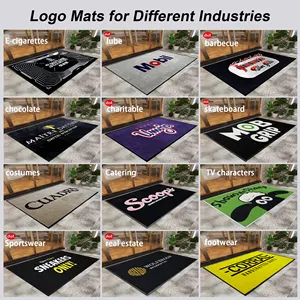






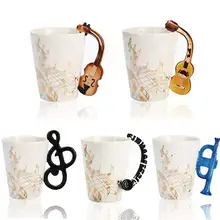

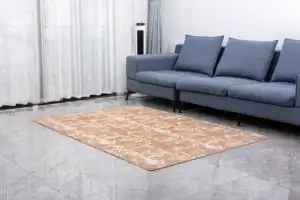
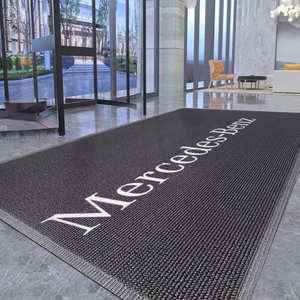

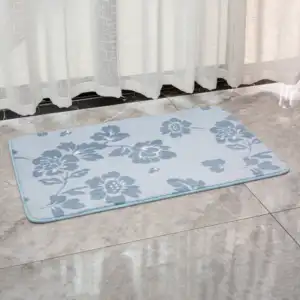























 浙公网安备 33010002000092号
浙公网安备 33010002000092号 浙B2-20120091-4
浙B2-20120091-4